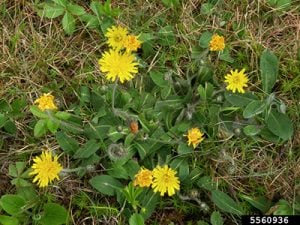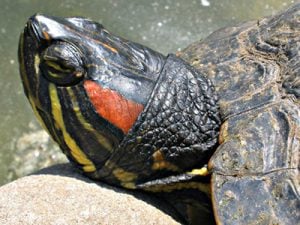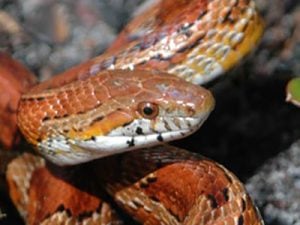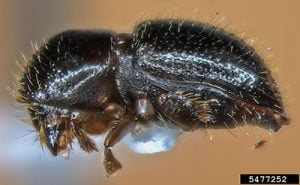In November 2020, the Chief Environmental Biosecurity Officer released the National Priority List of Exotic Environmental Pests, Weeds and Diseases (the Priority List).
The Priority List focuses on exotic pests, weeds and diseases that are not established in Australia and that pose the highest risk to our environment and public spaces including botanic gardens.
Invasive species are a serious threat to Australia’s unique fauna and flora. Conservation International identifies Australia as one of 17 megadiverse countries with around 600,000 species of animals and plants, many of which are only found here.
Almost 100 species have become extinct in the last 200 years. Another 1,770 are threatened or endangered. Of these, 1,257 are affected by 207 invasive plants, 57 invasive animals and 3 disease-causing organisms.
The list will be used to prioritise activities that help prevent the entry, establishment and spread of exotic pests and diseases. This is to ensure that Australia’s native flora and fauna, and unique environments and the social amenity they provide to the Australian public, are adequately protected from future biosecurity threats.
The purpose of the Priority List is to:
- raise government, industry and community awareness of environmental pests and diseases
- guide surveillance activities
- strengthen preparedness and response capabilities
- inform research and development.

Mouse-ear hawkweed (Pilosella officinarum). Image: Janie Marlow, NameThatPlant.net, Bugwood.org

Red-eared slider turtle (Trachemys scripta elegans). Image: Ansel Oommen, Bugwood.org

Corn snake (Pantherophis guttatus). Image: Chris Evans, University of Illinois, Bugwood.org
The list captures a diverse range of pests and diseases which have been assessed across the eight thematic groups:
- aquatic animal diseases and their pathogens (including diseases of finfish, molluscs, crustaceans, cnidarians)
- freshwater invertebrates
- marine pests
- native animal diseases and their pathogens (wildlife disease including diseases of marine mammals, turtles and amphibians)
- plant diseases and their pathogens
- terrestrial invertebrates
- vertebrate pests
- weeds and freshwater algae.
The six plant pathogens identified in the list which are significant to botanic gardens are:
- ceratocystis wilt (Ceratocystis manginecans and other exotic Ceratocystis )
- exotic strains of myrtle rust (Austropuccinia psidii)
- fusarium wilt (Fusarium euwallaceae) and its main vector polyphagous shot hole borer (beetle)
- sudden oak death / ramorum blight (Phytophthora ramorum)
- teratosphaeria leaf blight and canker (Teratosphaeria destructans and Teratosphaeria zuluensis)
- xylella (Xylella fastidiosa).

Polyphagous shot hole borer (beetle) is a vector of fusarium wilt (Fusarium euwallaceae), one of the higher risk plant diseases on the Priority List. Image: Javier E. Mercado, Bark Beetle Genera of the U.S., USDA APHIS PPQ, Bugwood.org
To learn more about the list and the high priority exotic pests, weeds and diseases visit the Department of Agriculture, Water and the Environment website.
